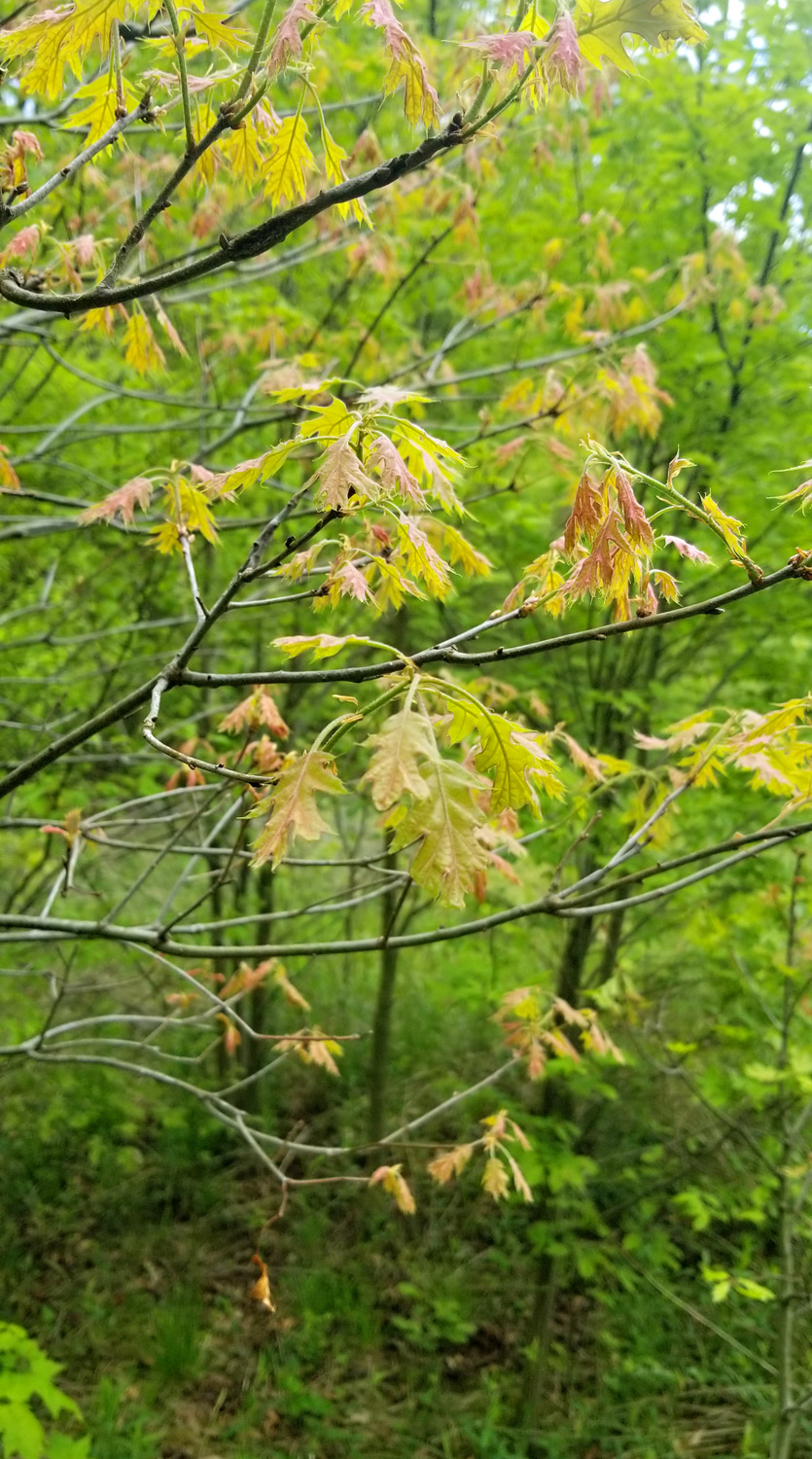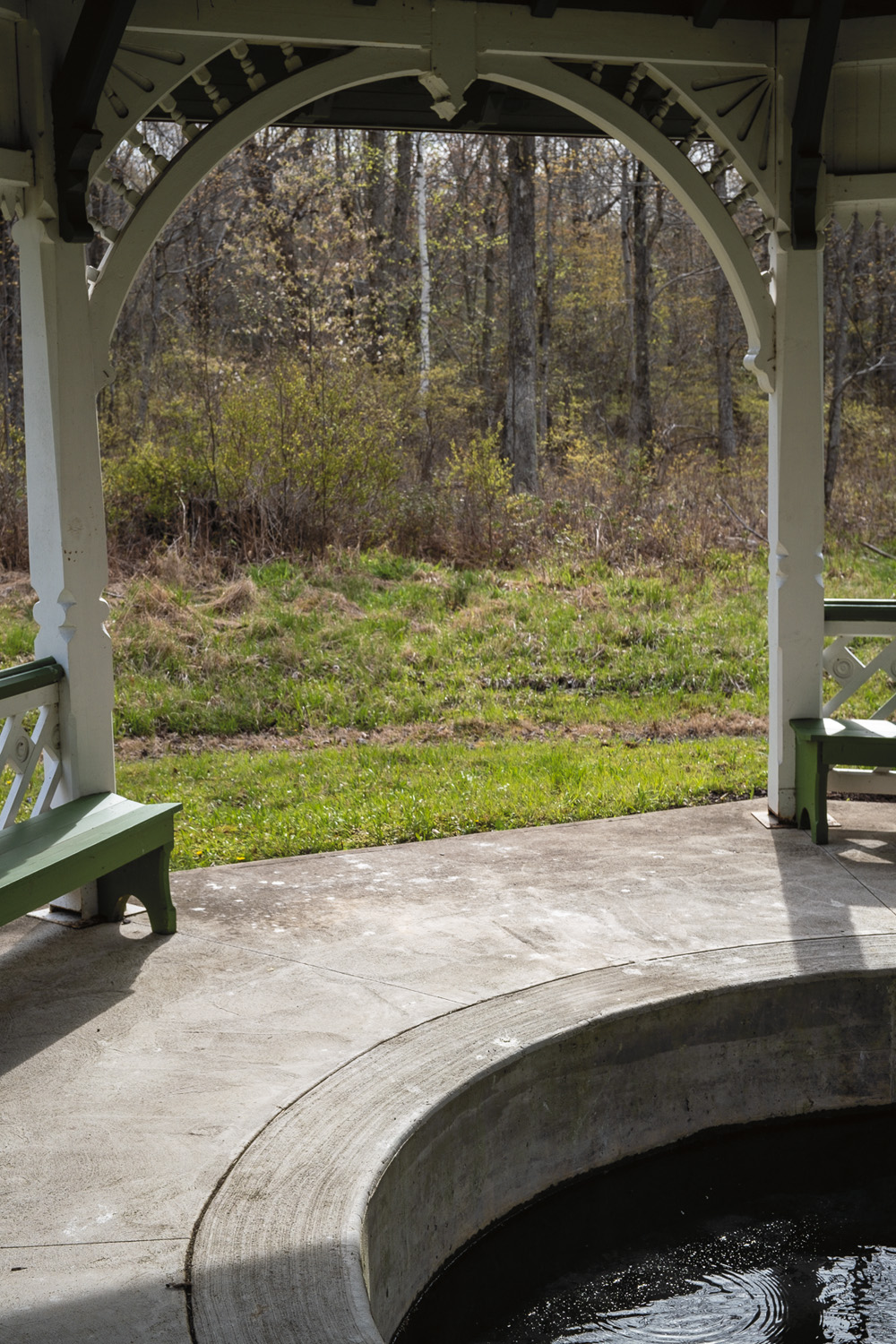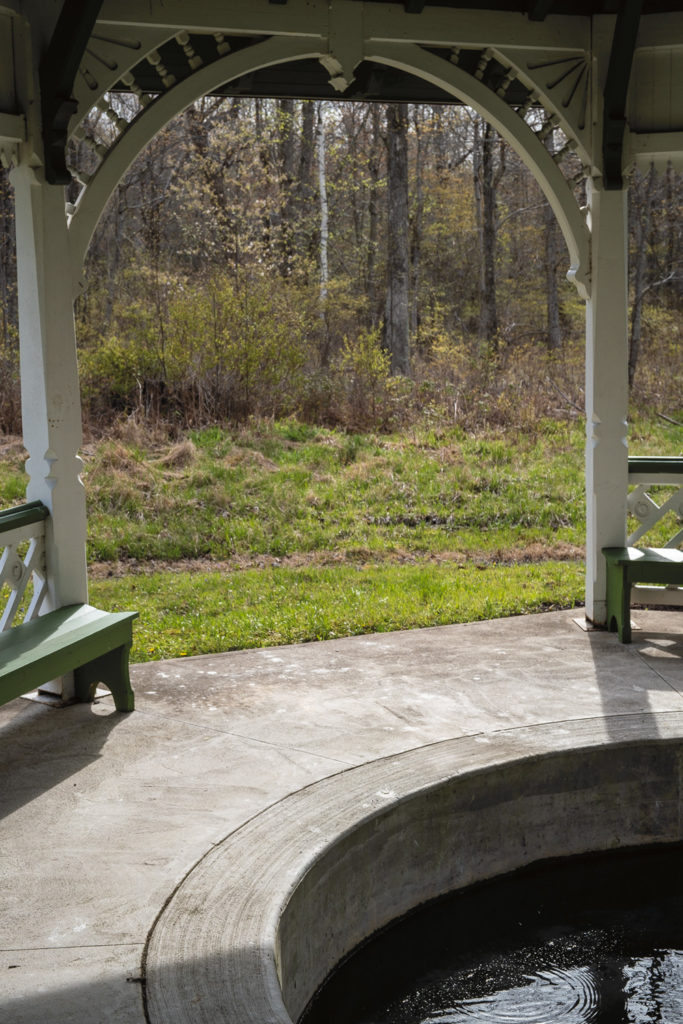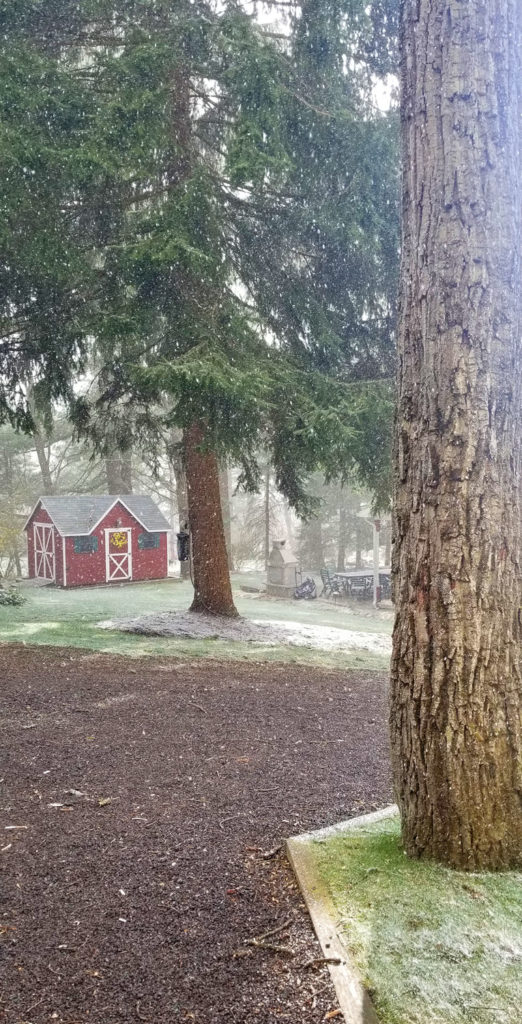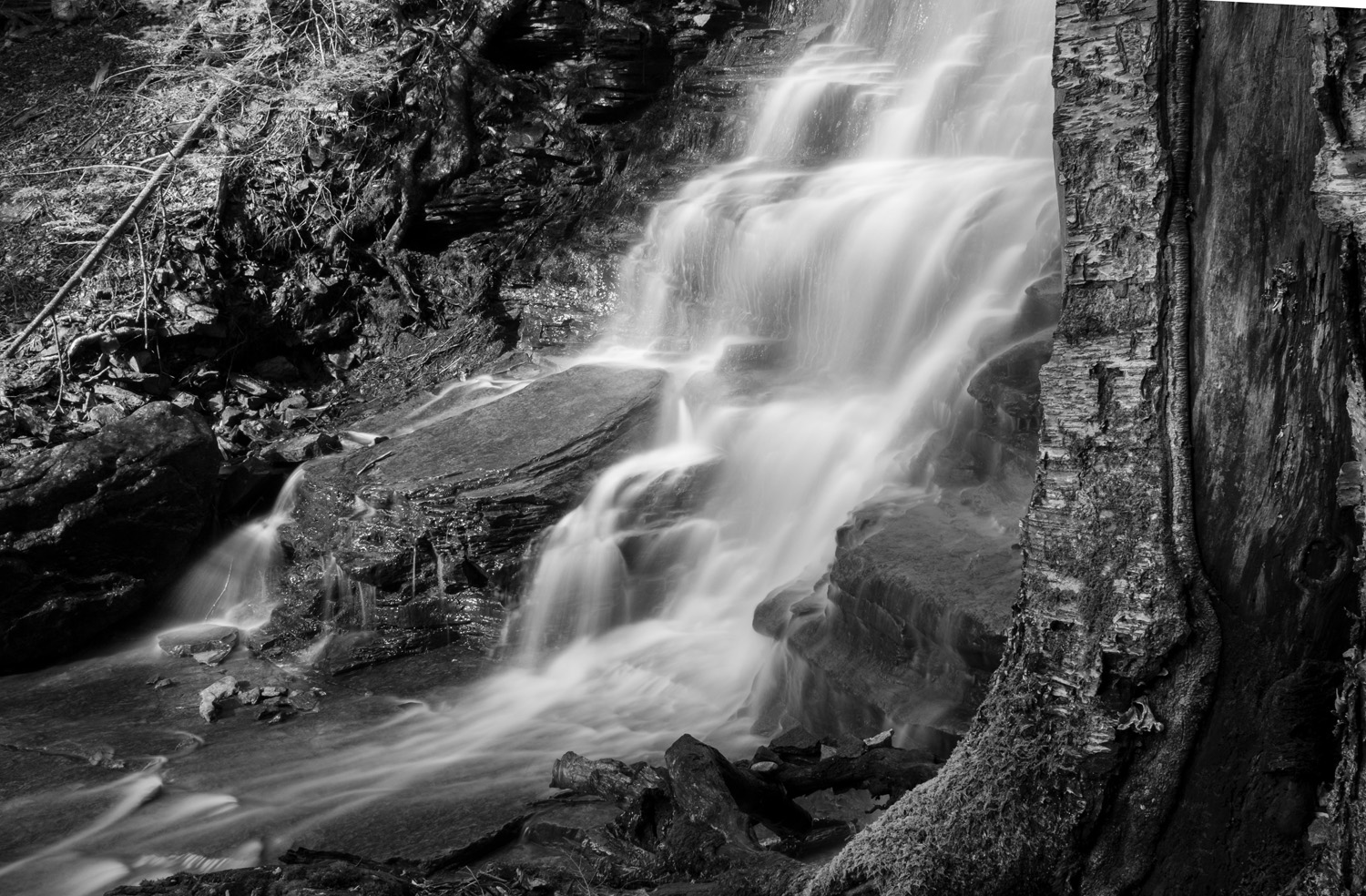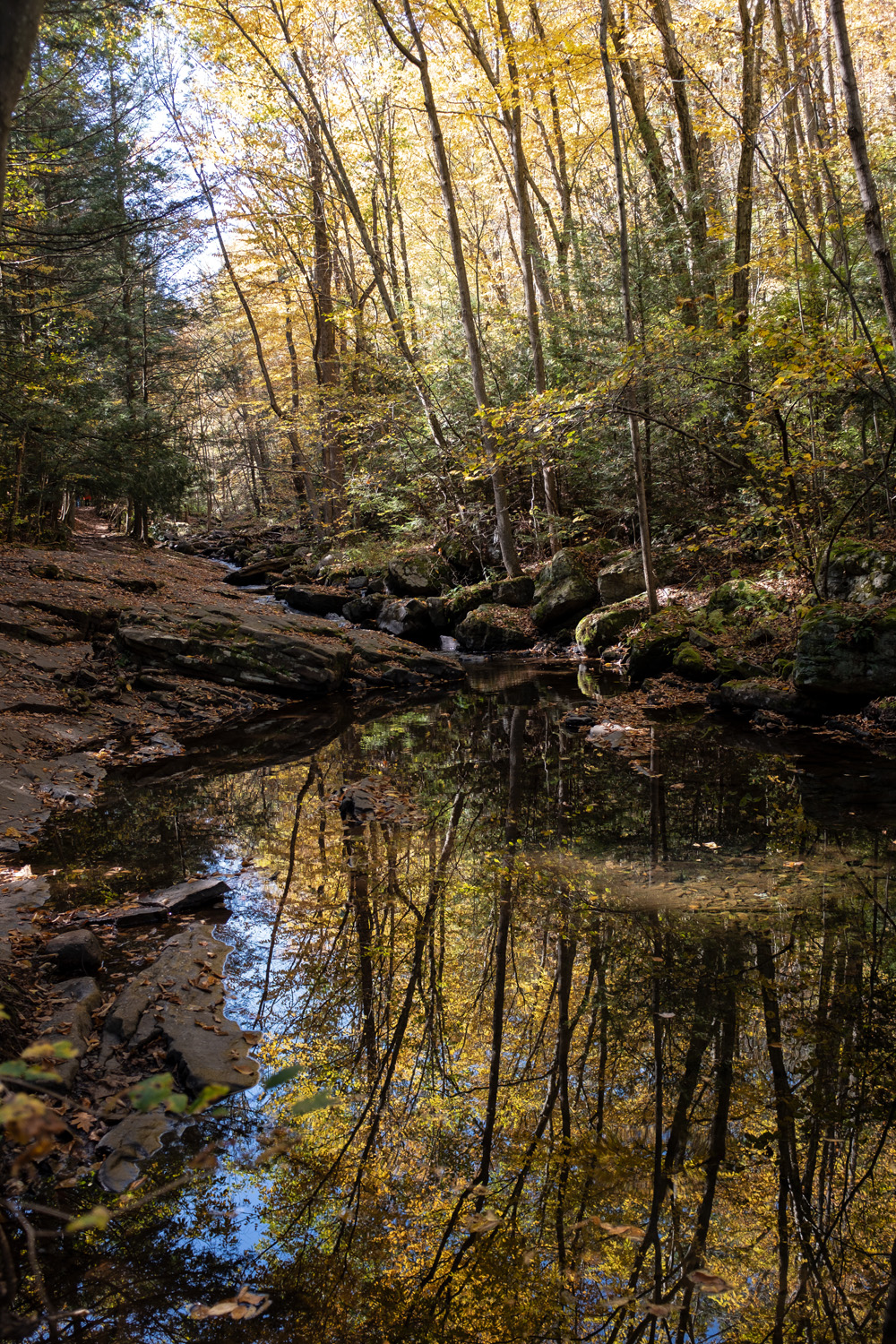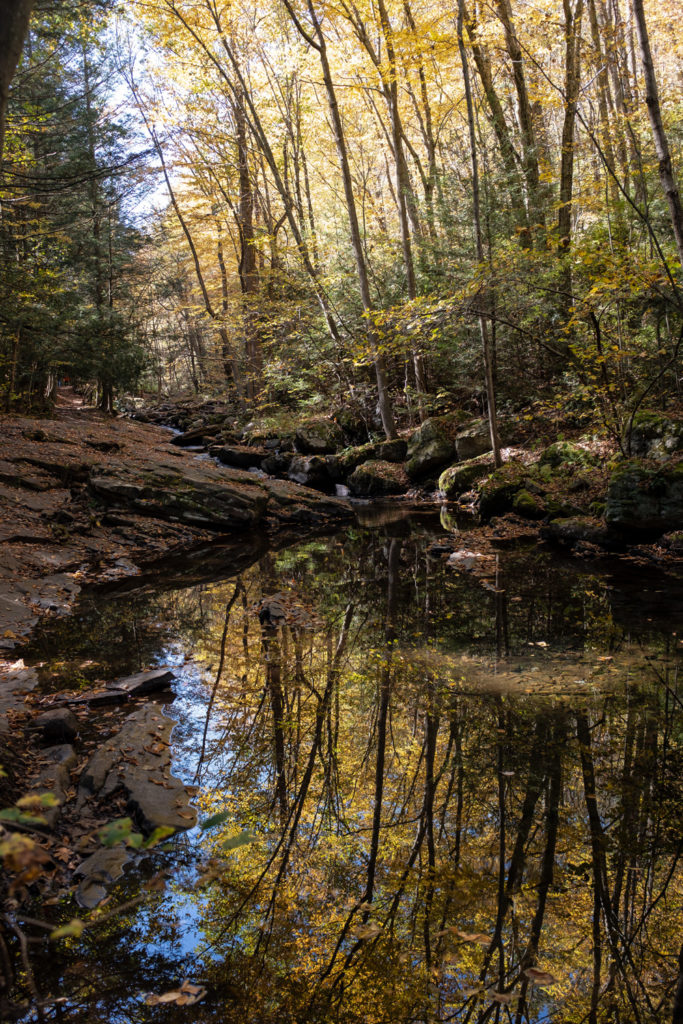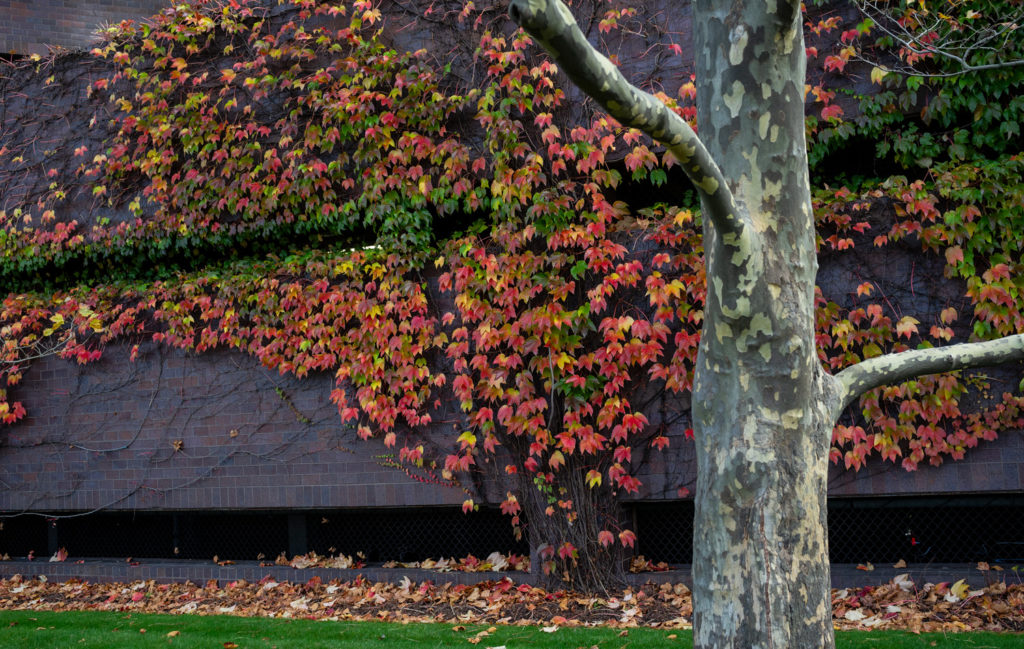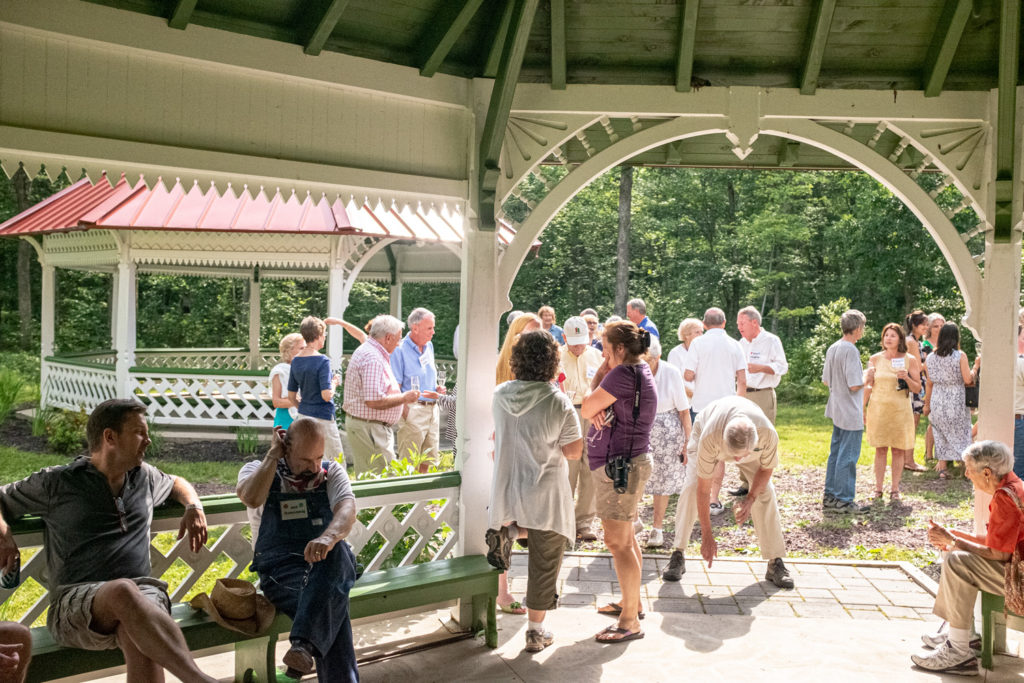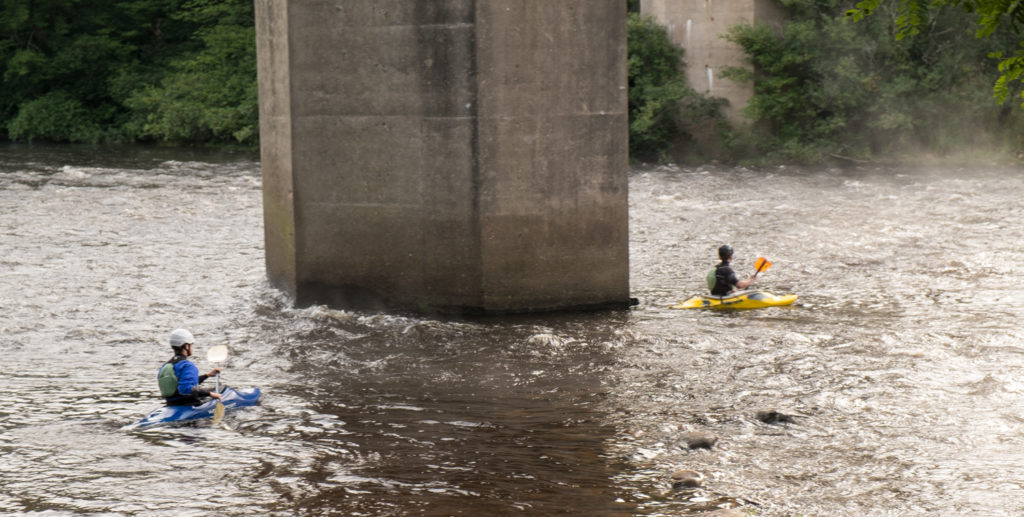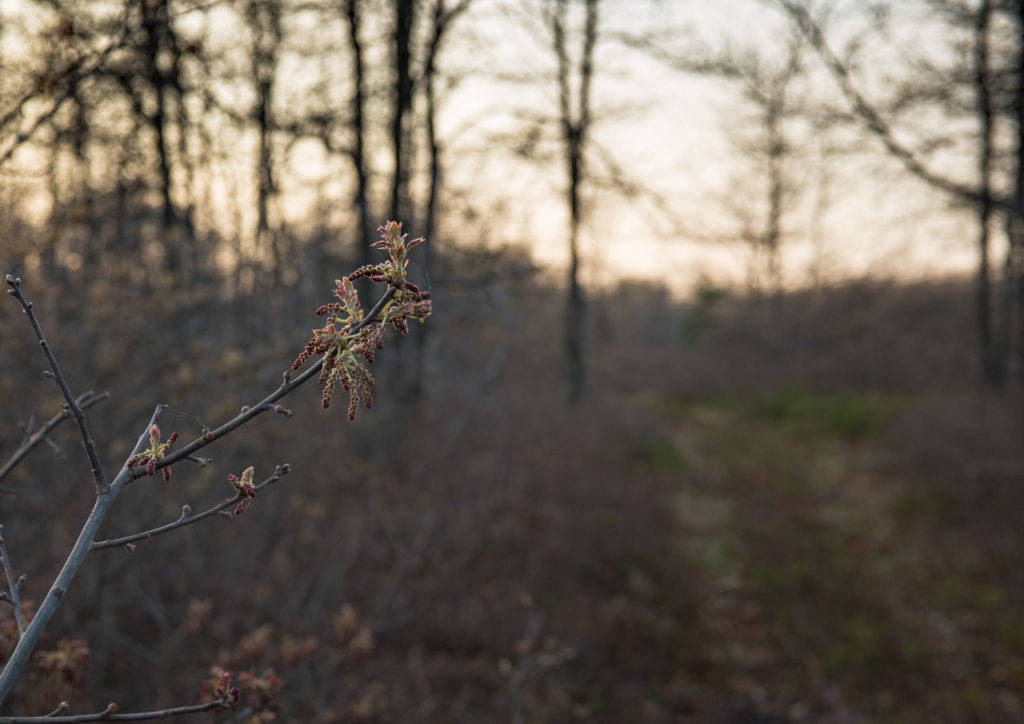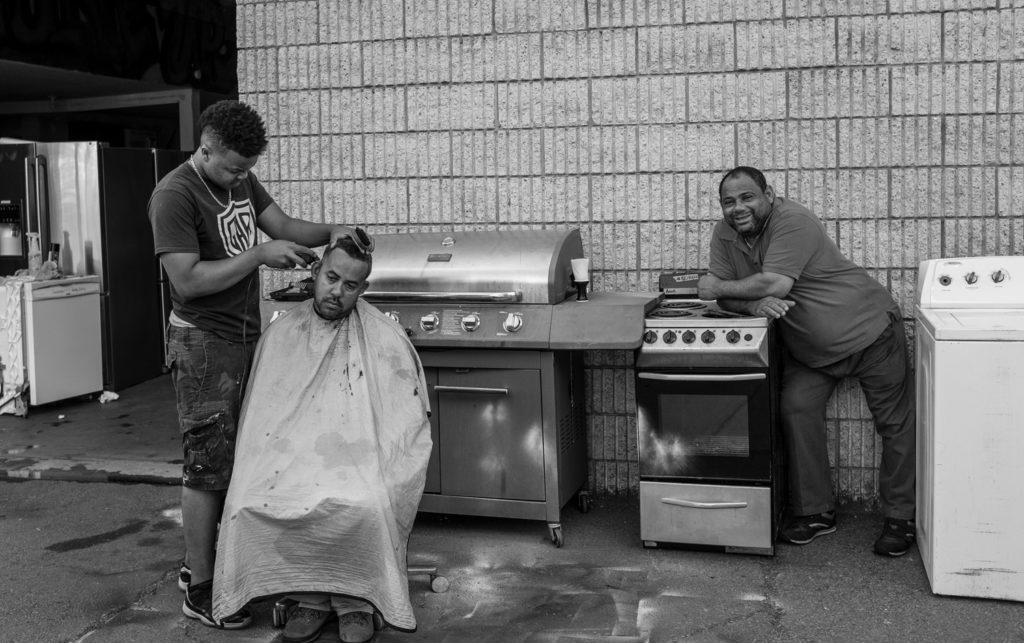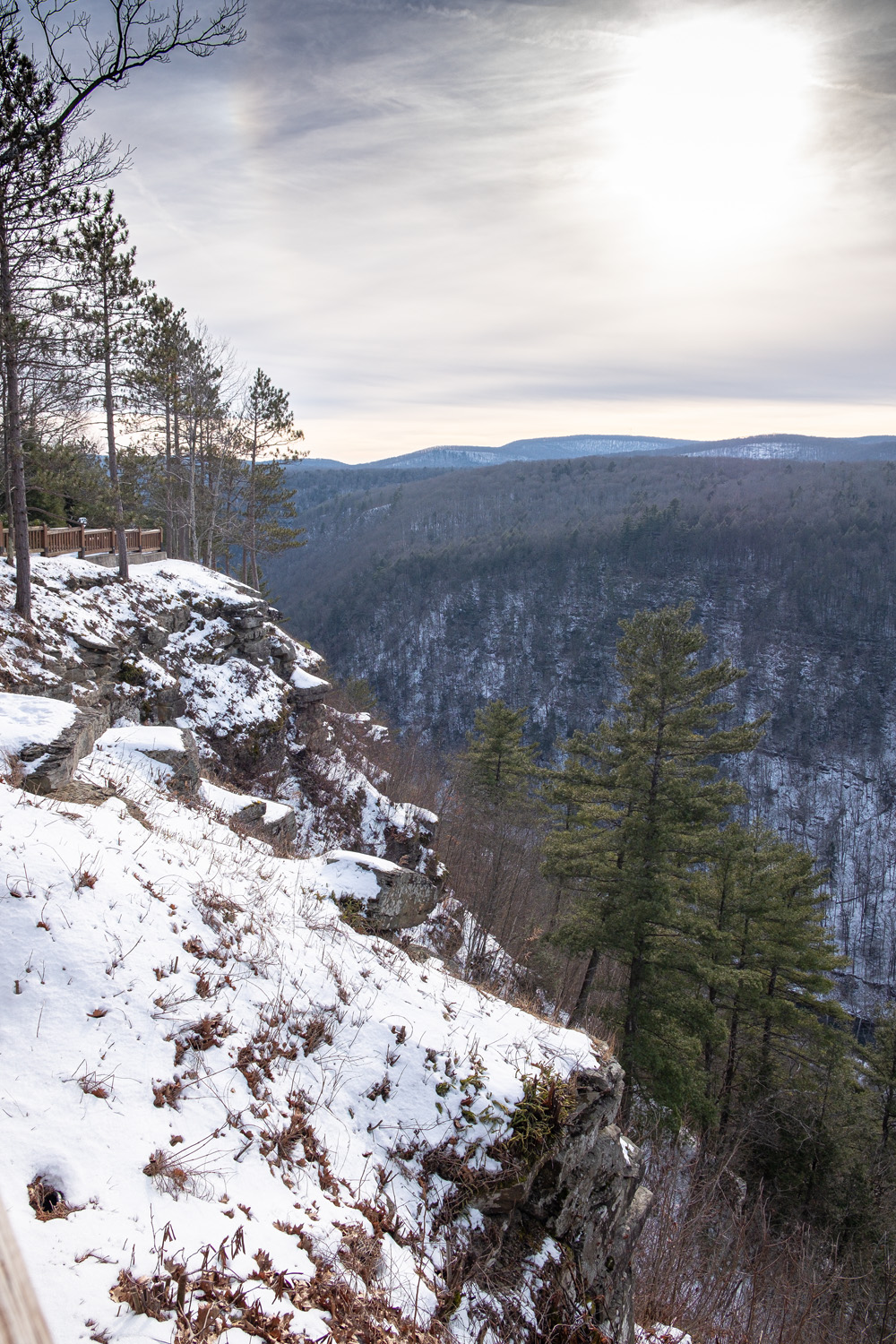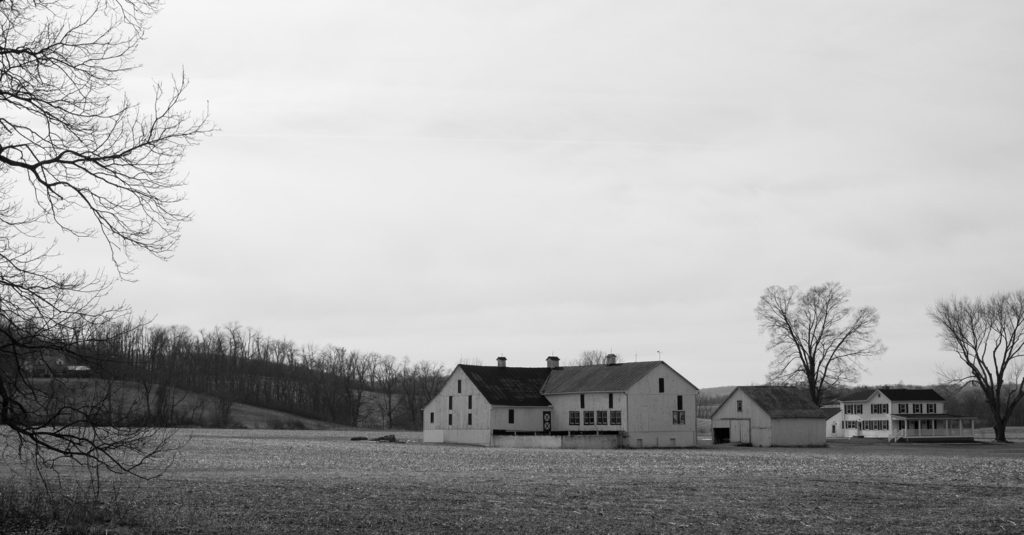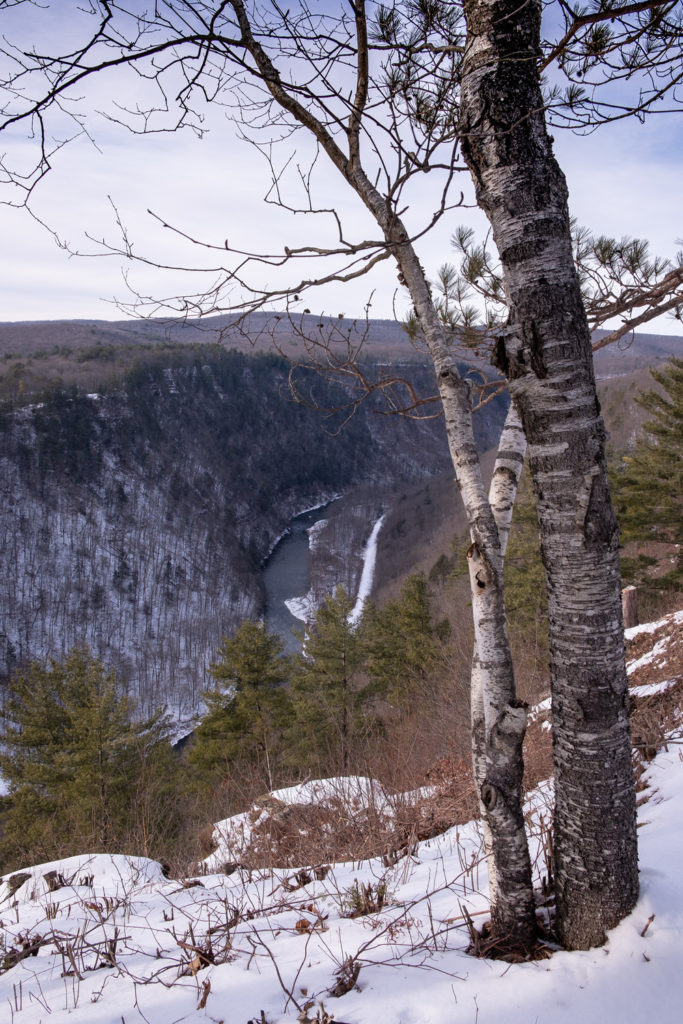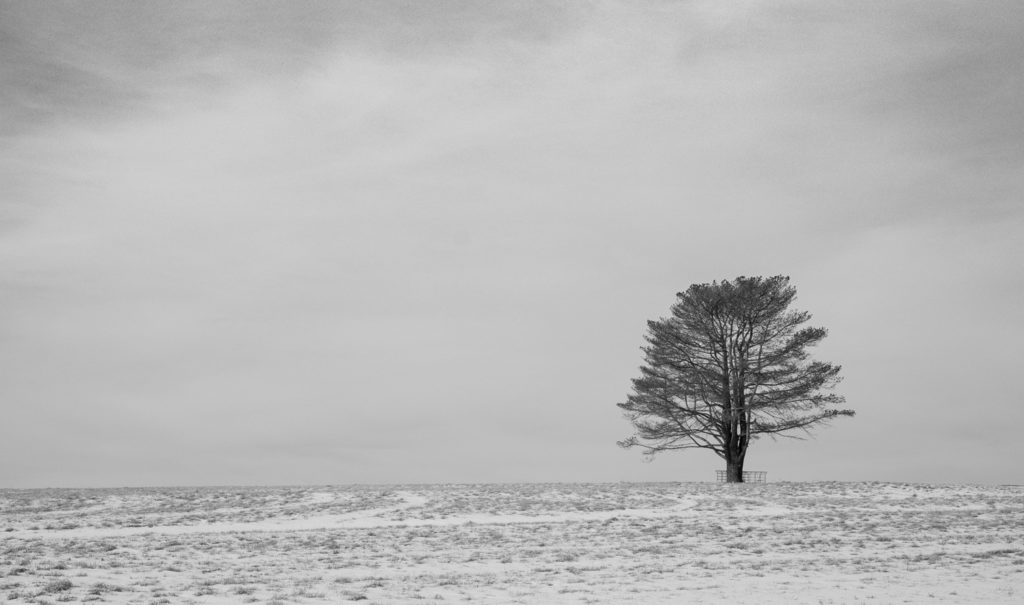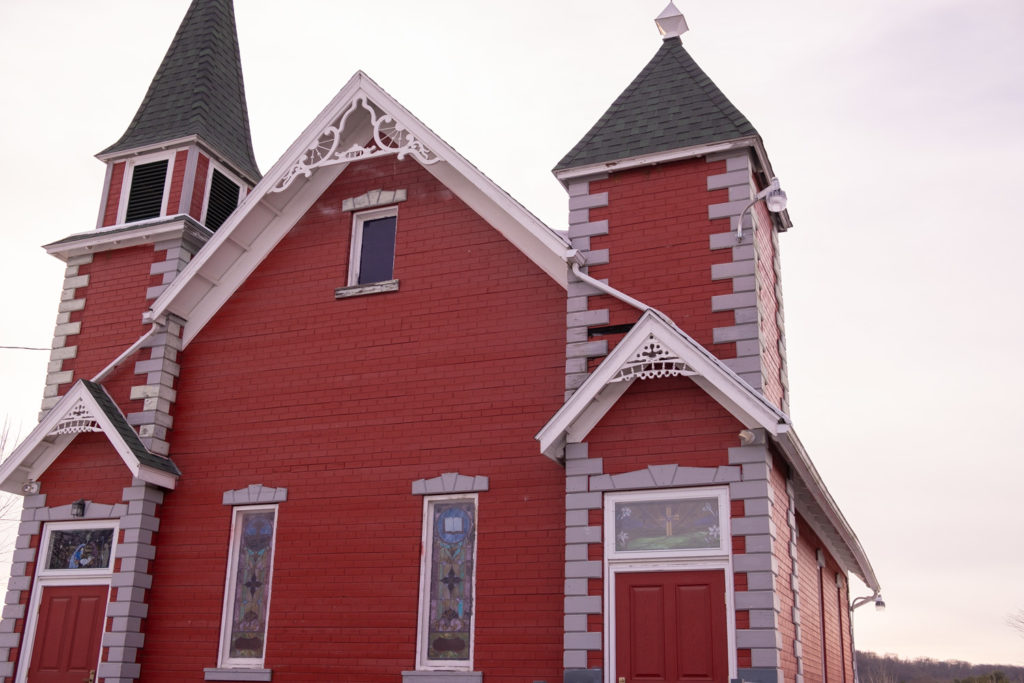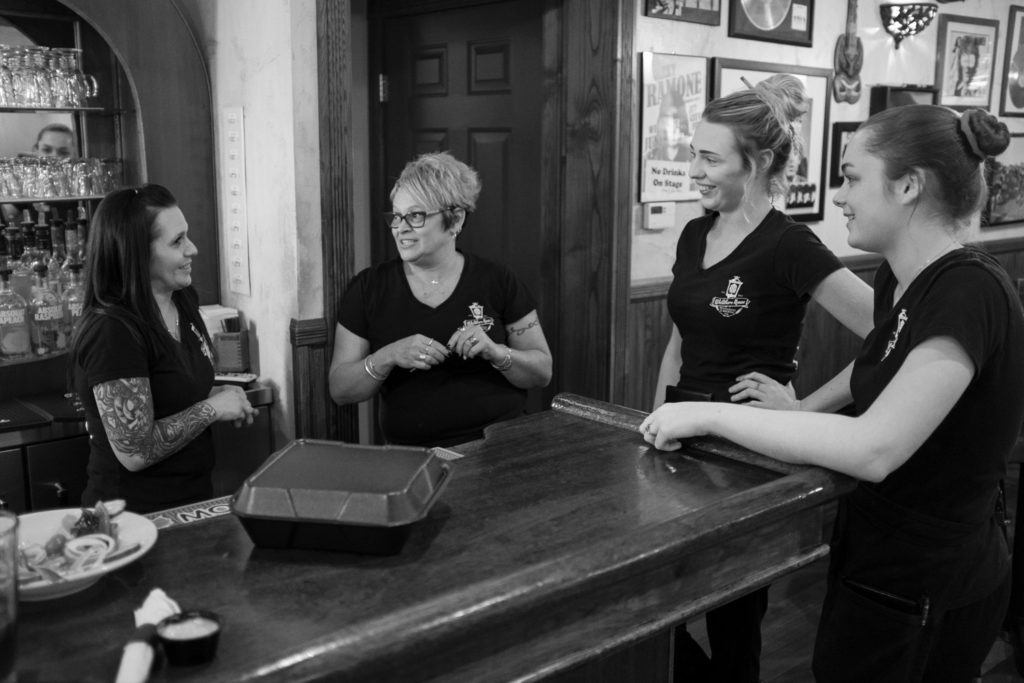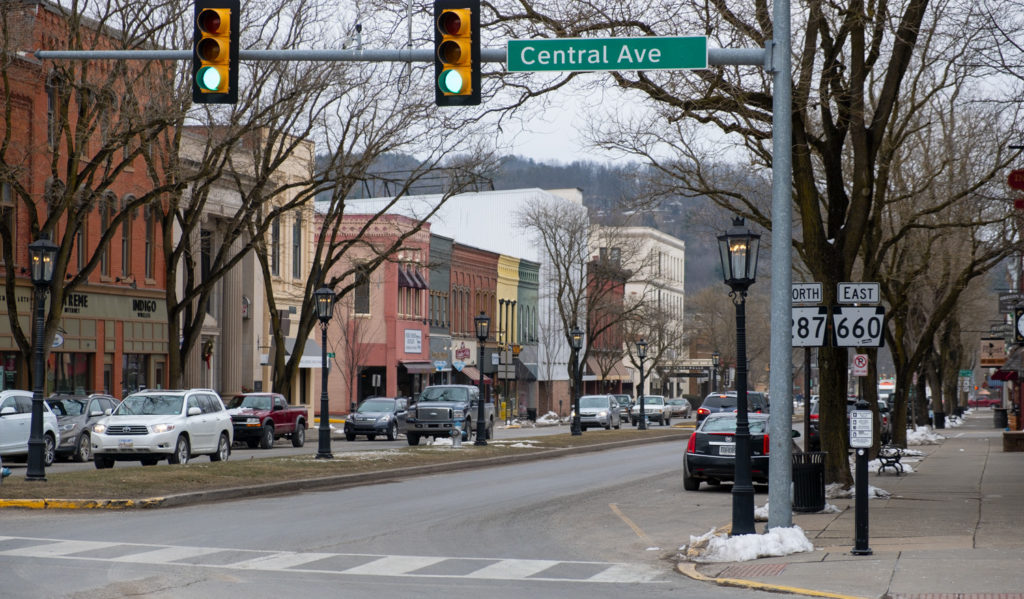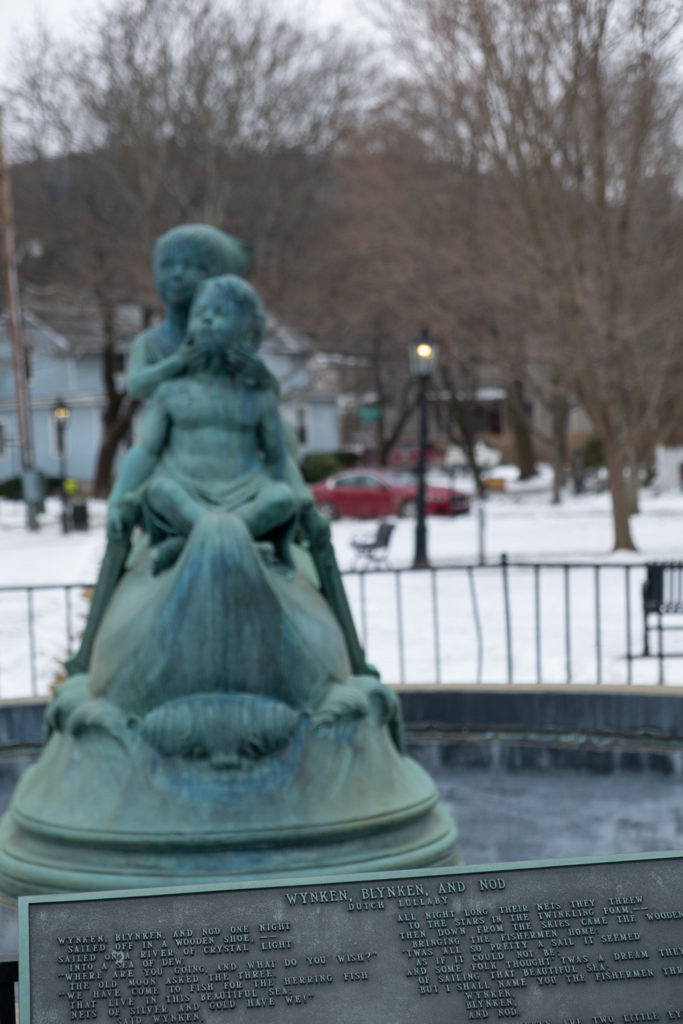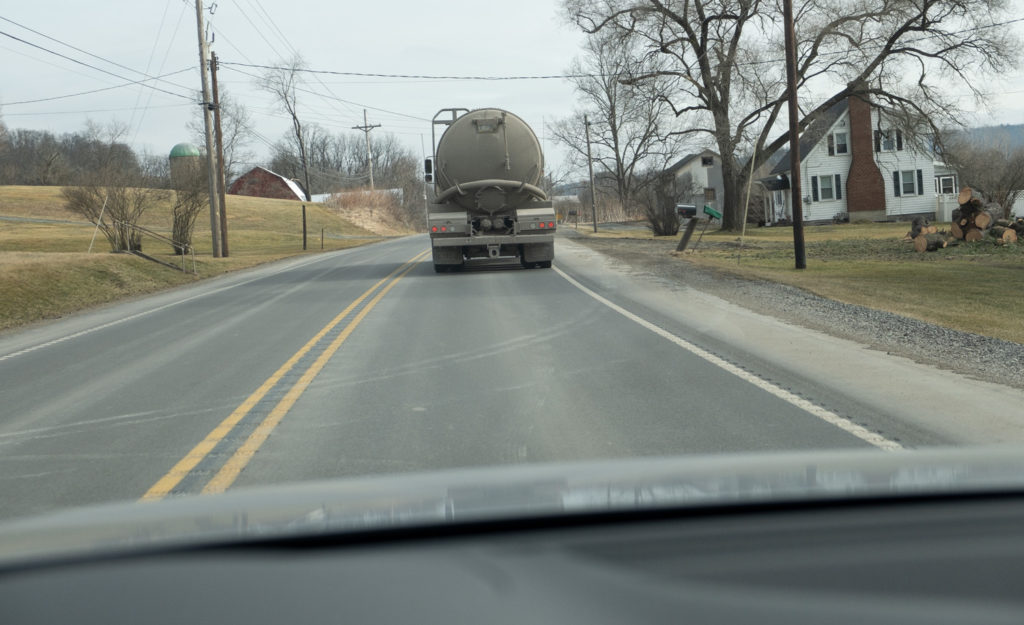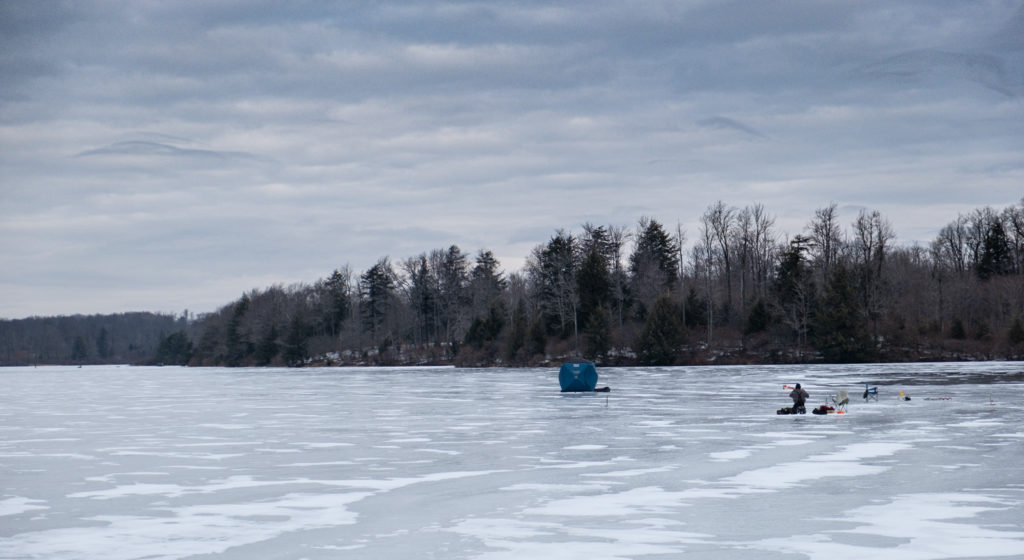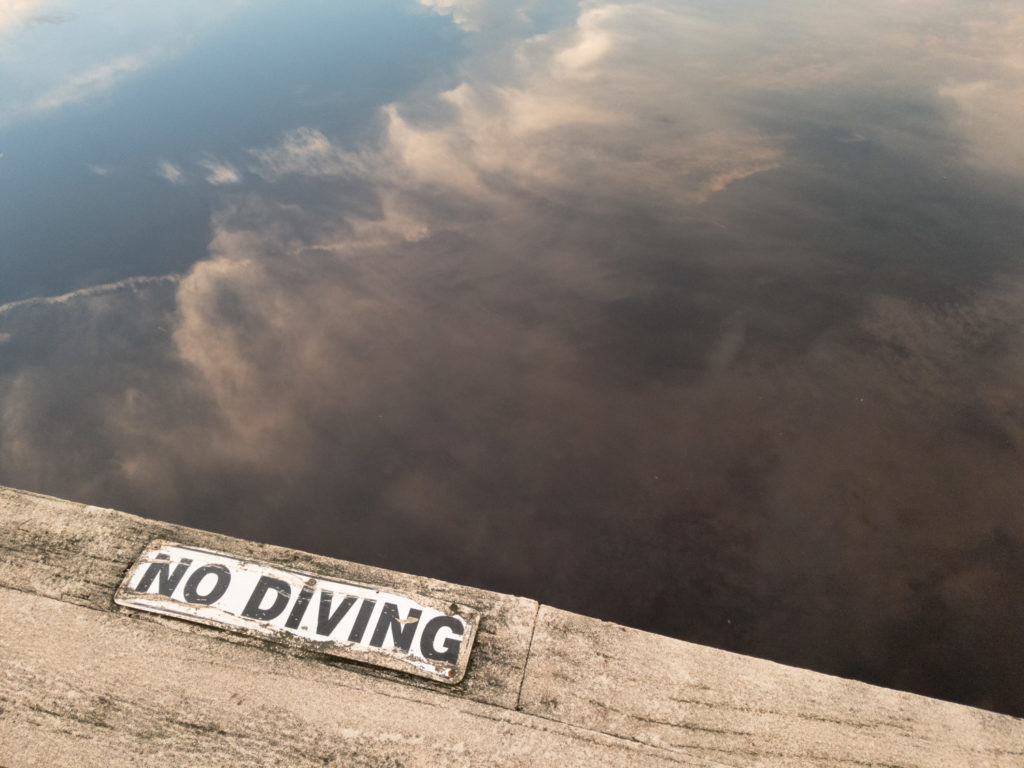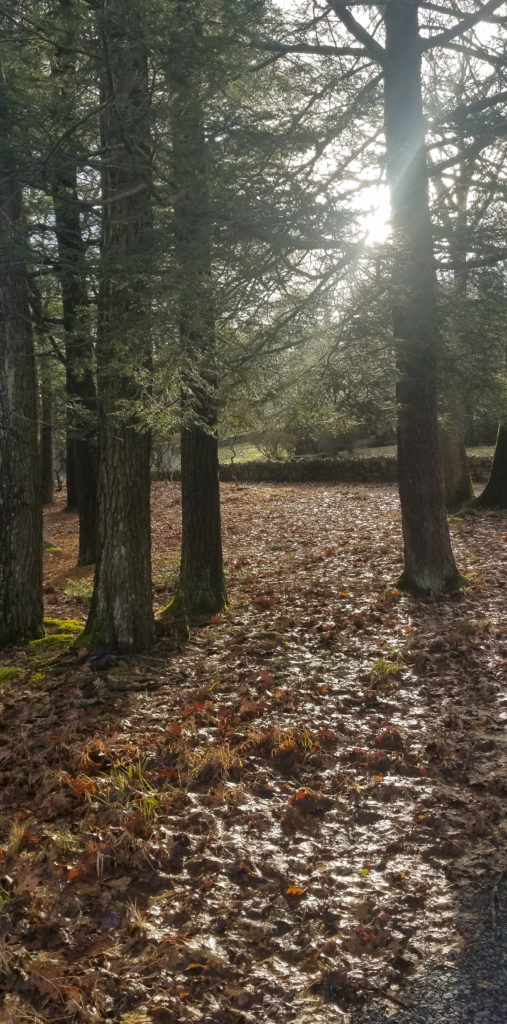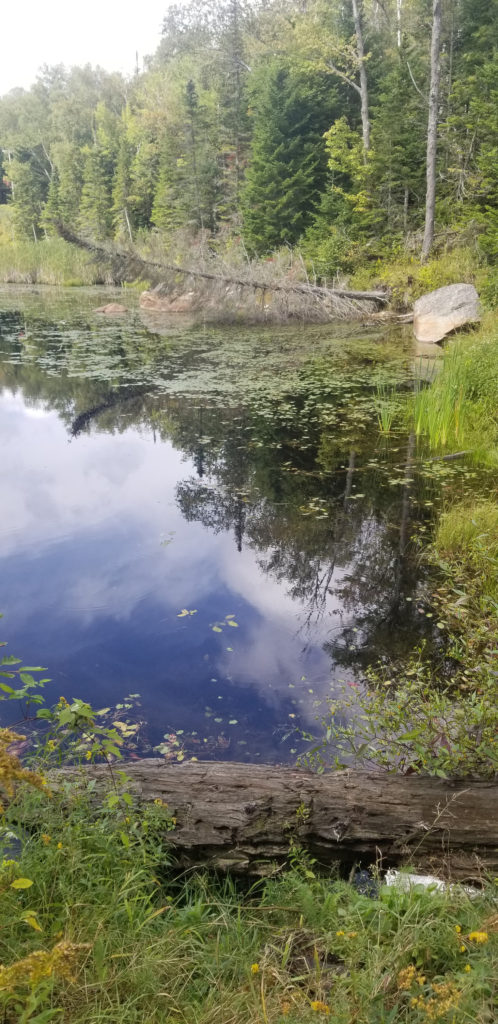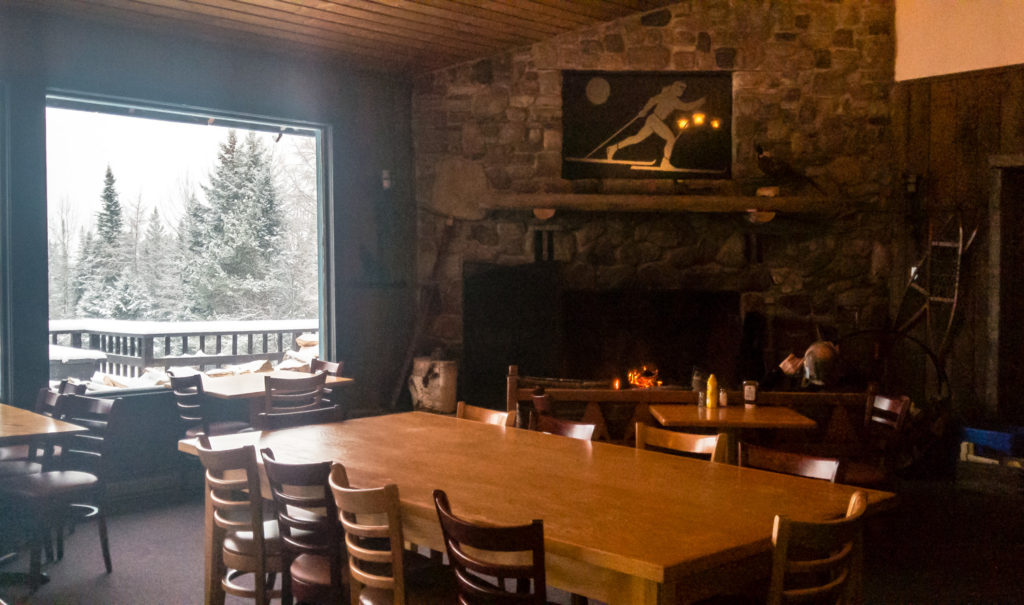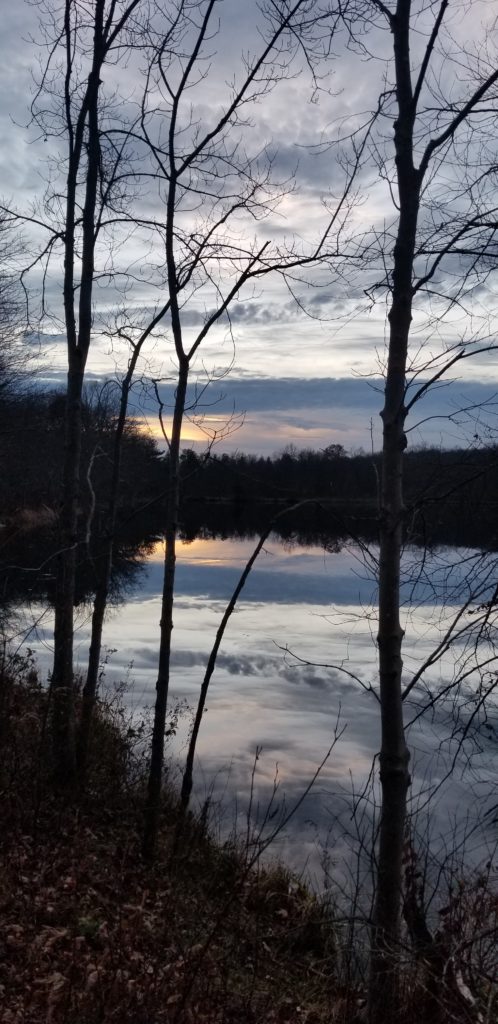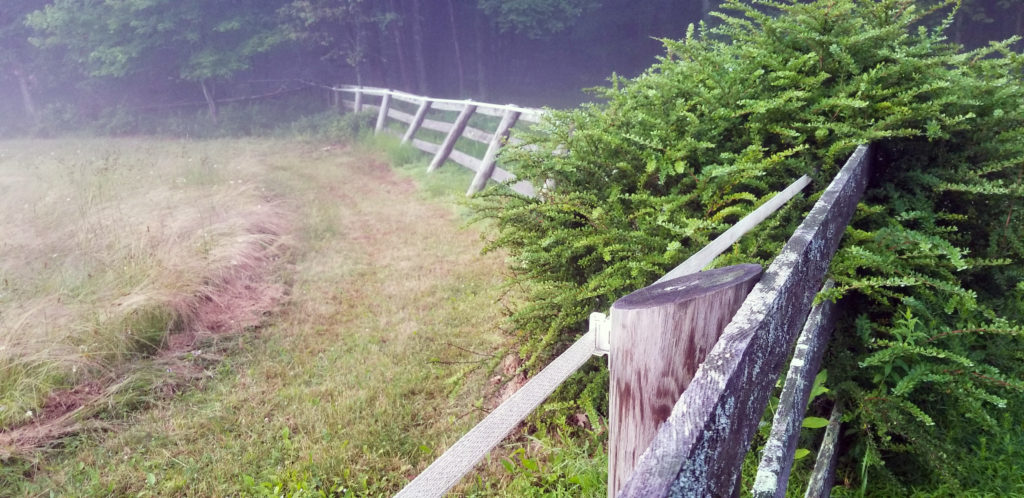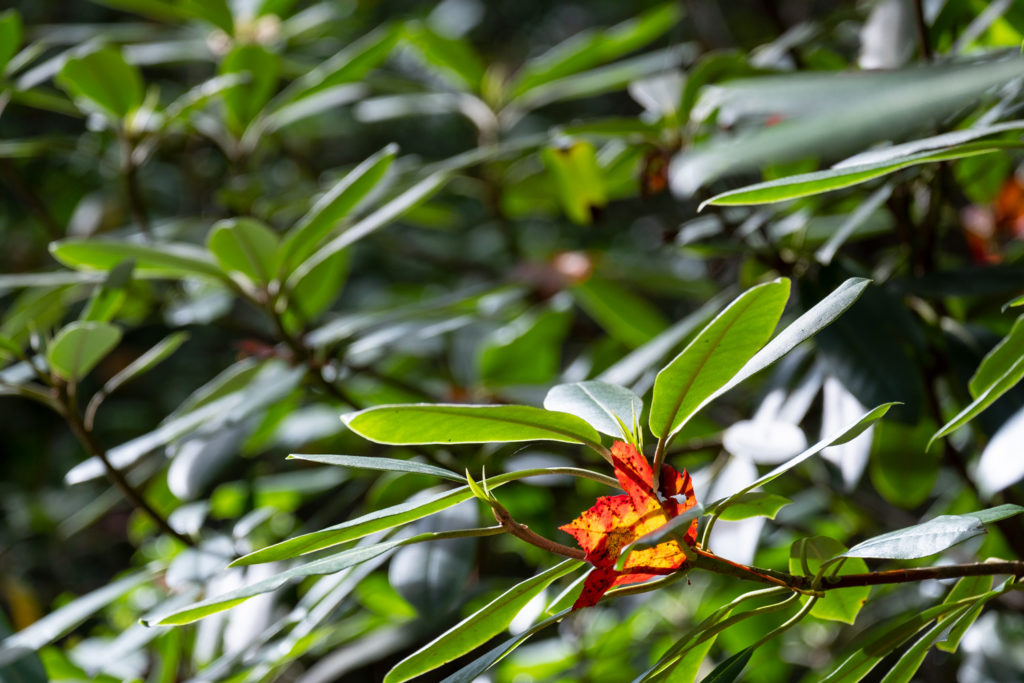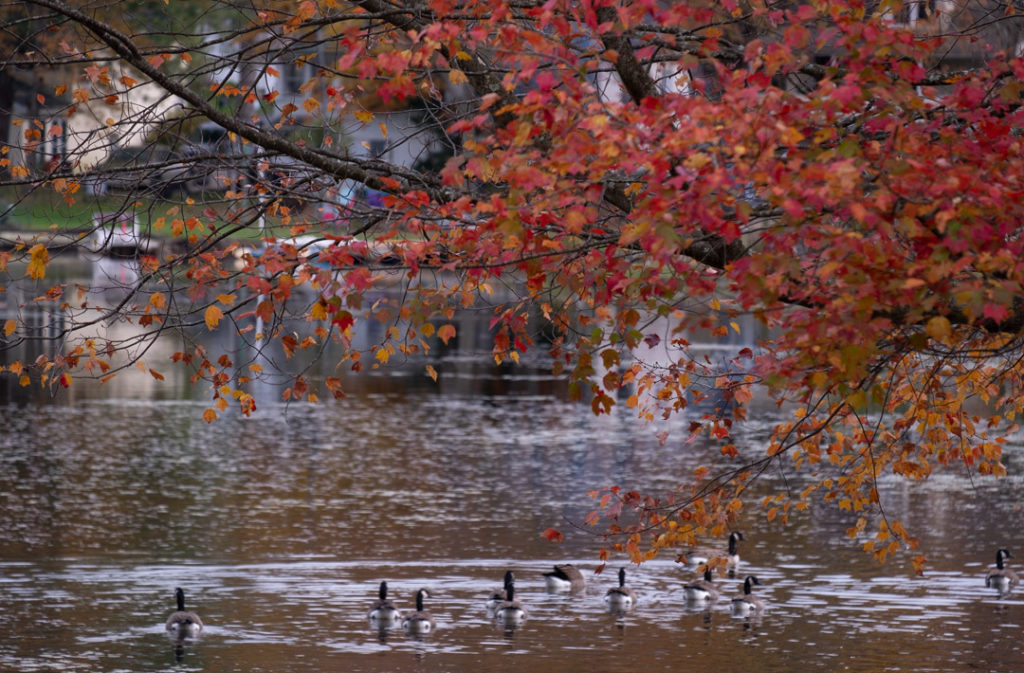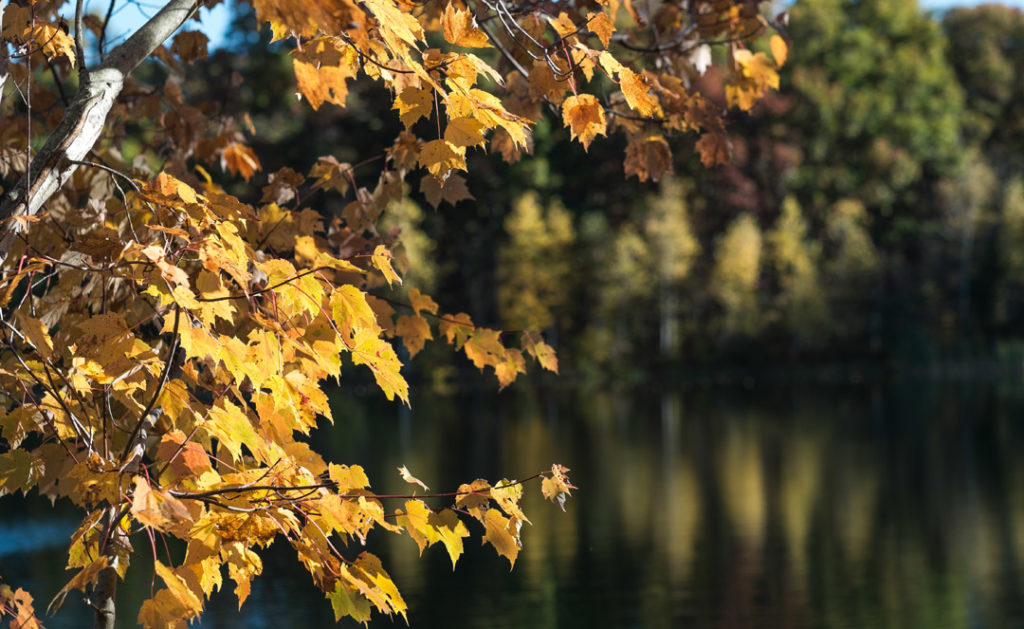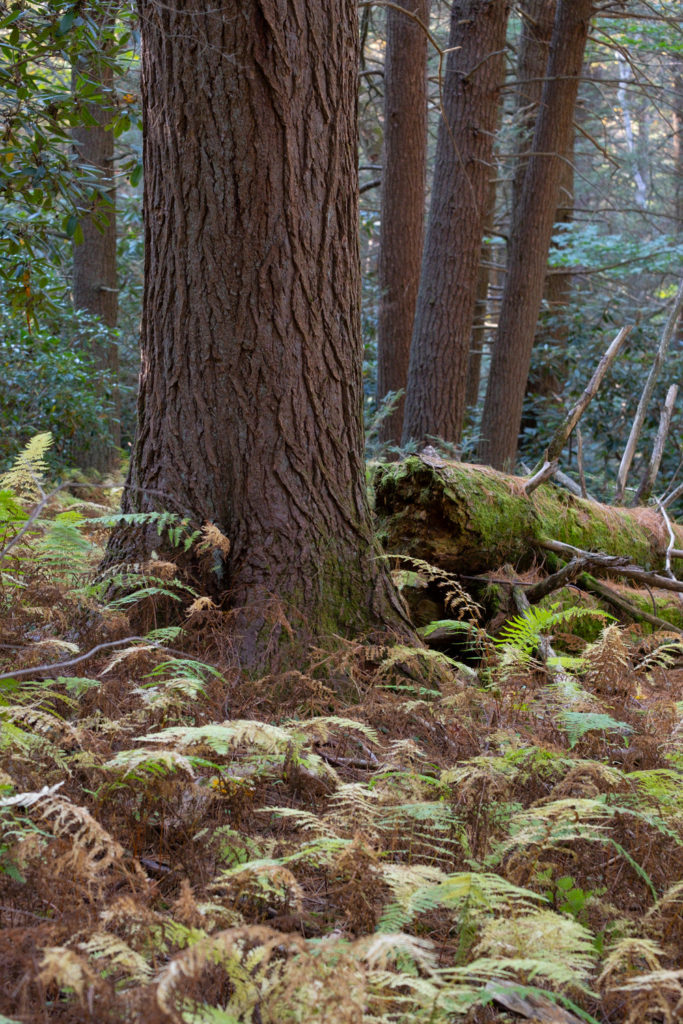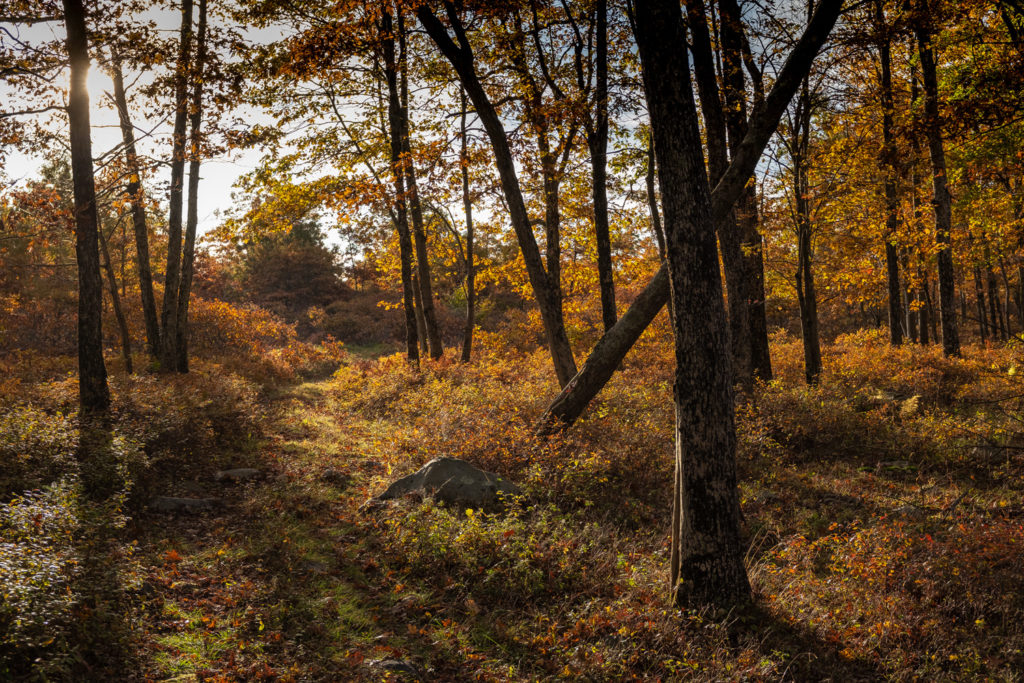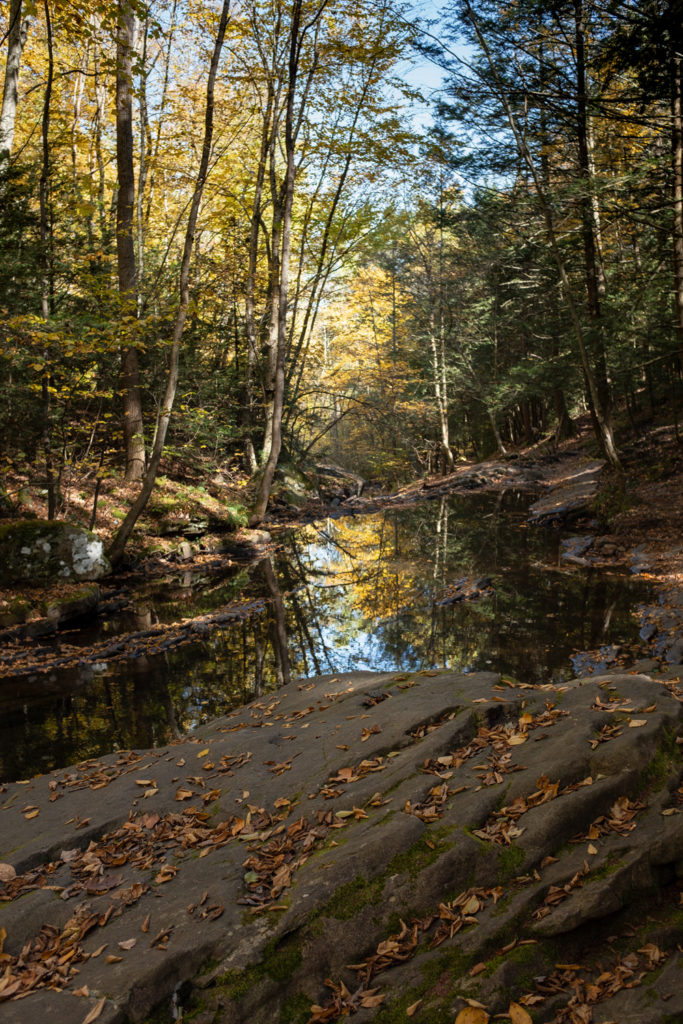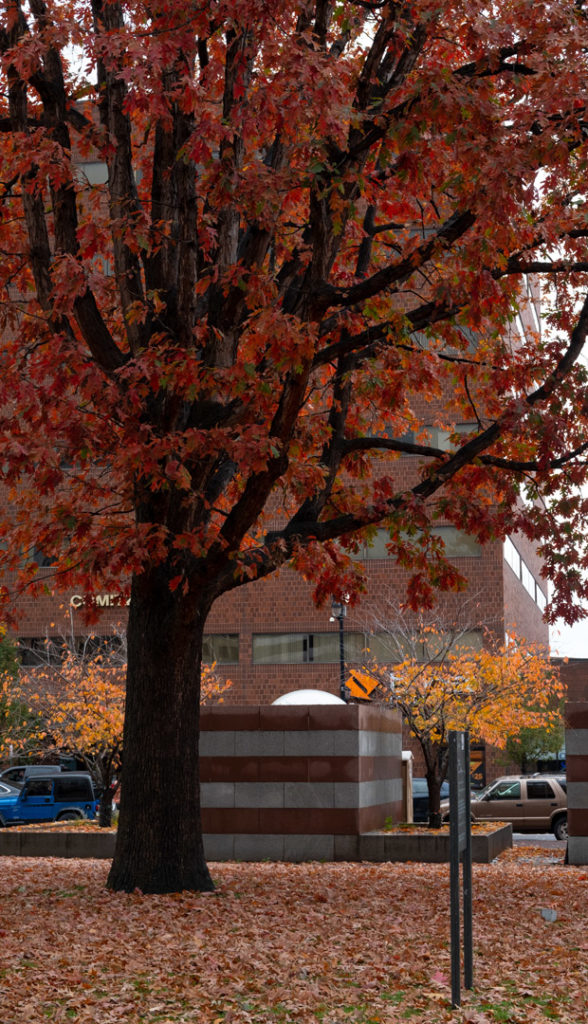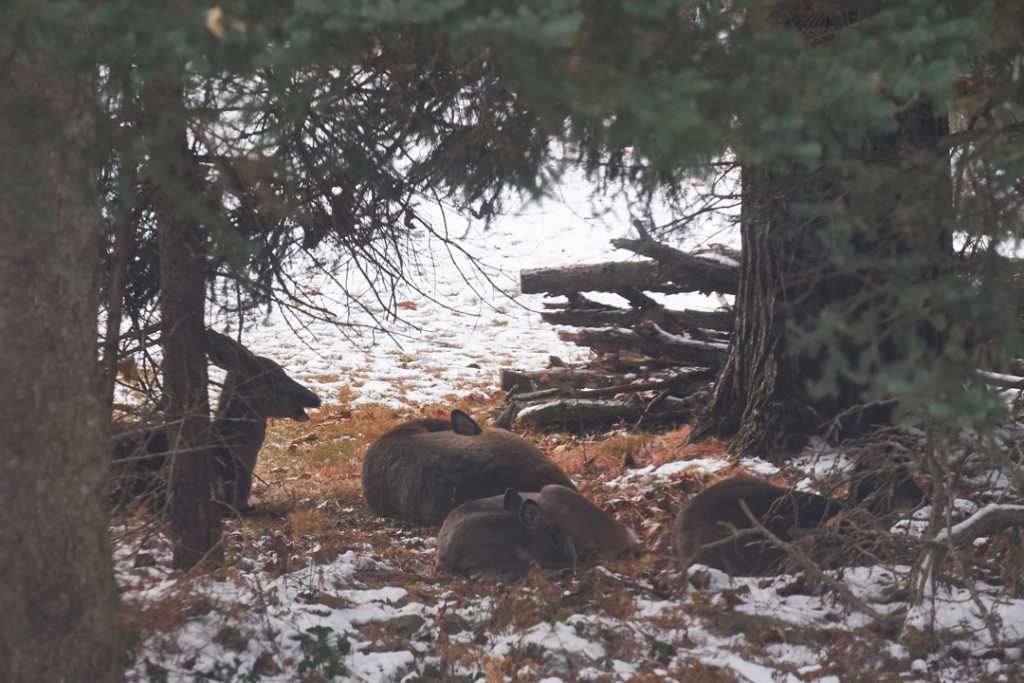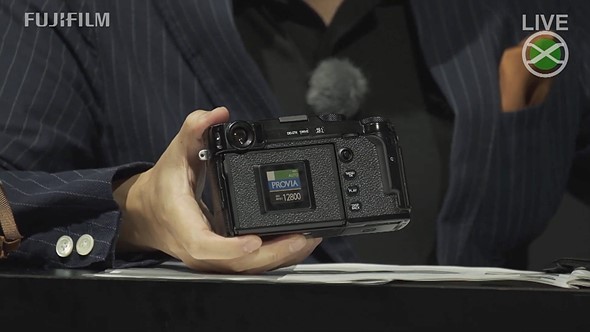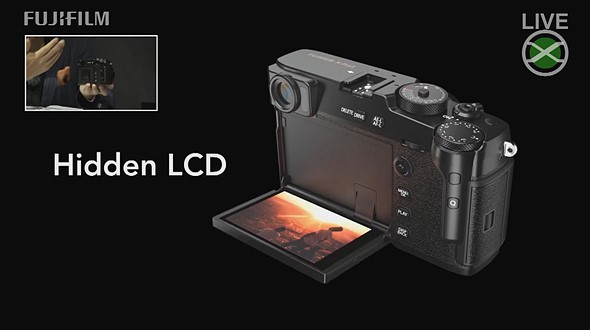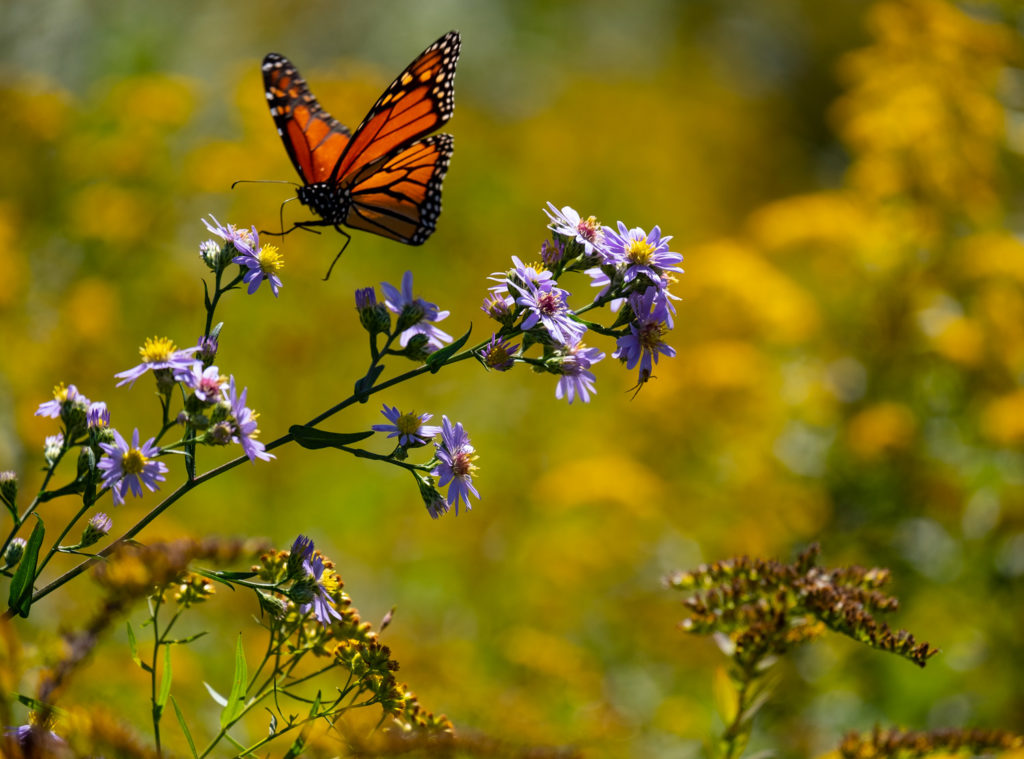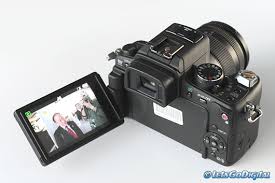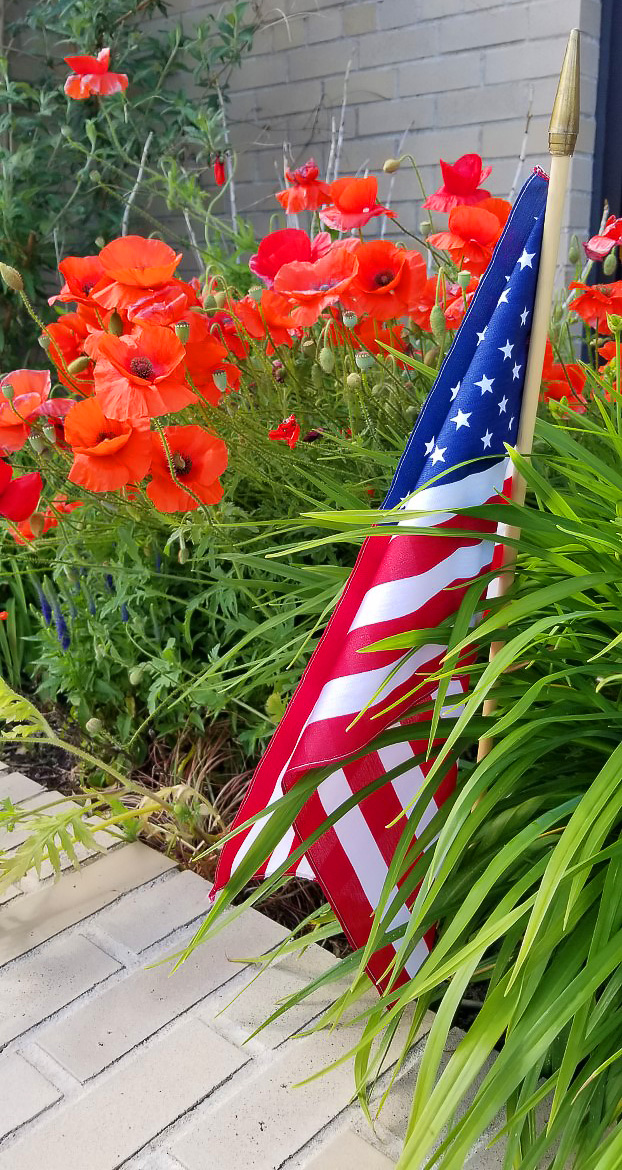
We have reached week 11 of the suspension, by decree, of religion and commerce in the Commonwealth of Pennsylvania. Here in Luzerne County, we are scheduled on 5 June (Friday) to move into the “yellow phase” which means that the Wolf and Levine team will allow a tepid amount of additional business activity.
Whoopee.
This is occurring in the middle of a new crisis, namely the protests/riots in our cities caused by the universal outrage over the apparent murder of George Floyd, a black man, by a Minneapolis policeman who has been subsequently fired, charged, and imprisoned.
Scenes of large crowds of masked and unmasked protesters, provocateurs, and criminals, freely associating in our urban centers, to say the least, has been destructive to the culture of social distancing we have come to know over the past weeks.
Suddenly, coronavirus feels like yesterday’s news. With this new crisis, I suspect the caution and fear people felt about the pandemic will begin to dissipate.
There may be other reasons for this. Certainly, in most areas of the US, the number of new infections and deaths is clearly decreasing. No longer do we wait breathlessly for the state and federal coronavirus broadcasts for the most recent bad news. Drs Birx and Fauci seemed to have faded from the public view.
There was a report this week out of Italy (which appears to be the proximate source of our eastern viral strains) to suggest that the coronavirus there has become significantly less virulent in recent weeks. Based on basic virology, this would make sense.
First, it’s important to remember that this virus comes from a specific species of bat, where it infected large colonies with minimal deleterious effects. This is likely because the bats had a degree of “herd immunity” and the virus had evolved to maximize its spread by minimizing virulence. A virus receives no advantage by killing its host.
Then it spread to humans, whether from freshly slaughtered animals in a Wuhan market or more likely released by accident from the neighborhood virology lab. Humans had little or no immune defenses to this novel agent, and the virus had not yet evolved to avoid excessively sickening the new hosts.
Add in a little globalization and voila… a worldwide pandemic.
Now, if over time, there are multiple mutations of this virus (which there are), it makes sense that some of them will be more aggressive and some less. The strains that make people obviously sick, and/or dead, will tend to be more quickly diagnosed, and the patient isolated, impeding further spread.
Less symptomatic strains will be less likely to attract the attention of the public health system and thus have more opportunity to spread to and replicate in a new host.
At some level, the most successful viruses will be among the mildest ones. The virus has to be aggressive enough to infect the right tissues (respiratory ) to facilitate transmission by coughing and sneezing, but mild enough that the illness will provoke little concern from others and can spread freely.
Now consider a virus such as Ebola, with a horrifying presentation. In modern times an infected patient is quickly recognized and carefully isolated, reducing or hopefully eliminating spread.
In one of Dr. Fauci’s last publicized statements, he feels there is now hope that there will be no recurrence of the virus in the fall. I don’t entirely understand the data that this is based on, but it is undoubtedly good news.
With the good weather, and now obviously with the mayhem, the enthusiasm for social distancing is fading, and I think will eventually become extinct, rules or not. If there is no meaningful bump in cases around the country after all of the mass gatherings that have been occurring, then I suspect the sense of the coronavirus as a threat will reasonably ebb. The practice of masking, and spacing ourselves out, will likely then feel dated and unnecessary.
We are obviously living through extraordinary times. More than anytime in my life, I find myself praying for the welfare of our country and its citizens. I do believe that in God’s good time, there will be recovery and a return to a slightly different, but acceptable baseline.
I just hope this happens before there is more damage to our economy, our infrastructure, and our psyche.

